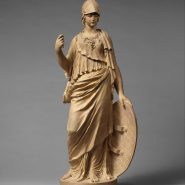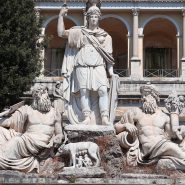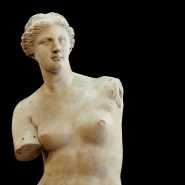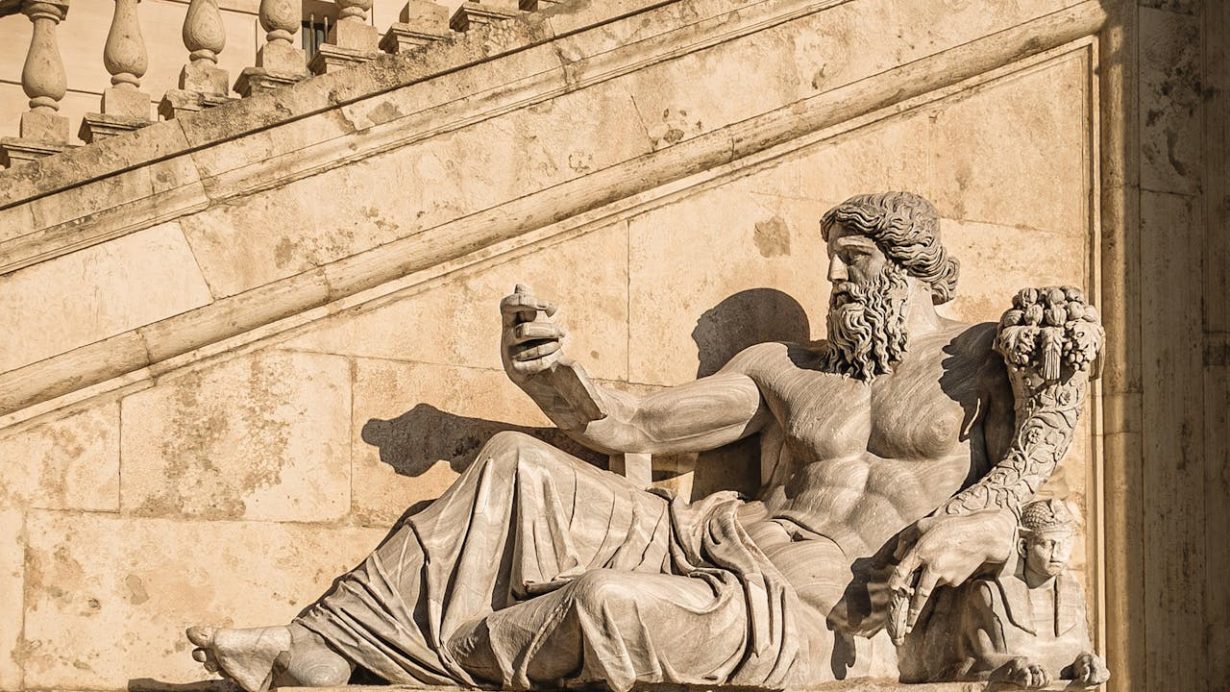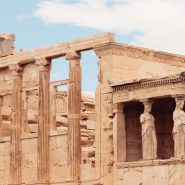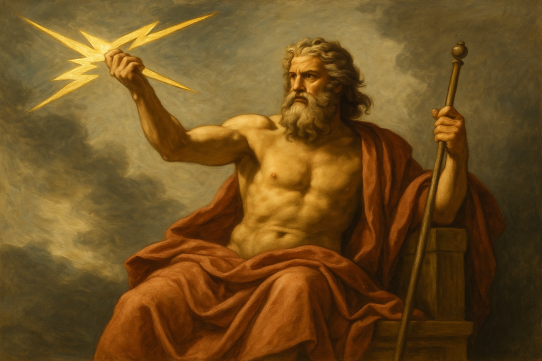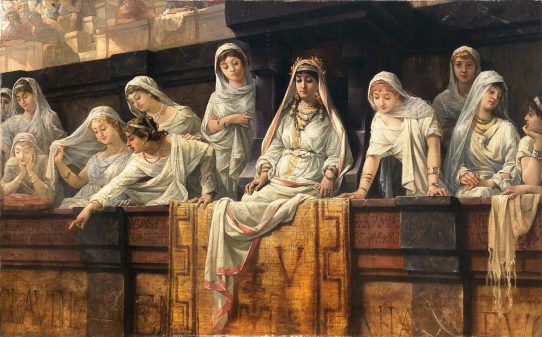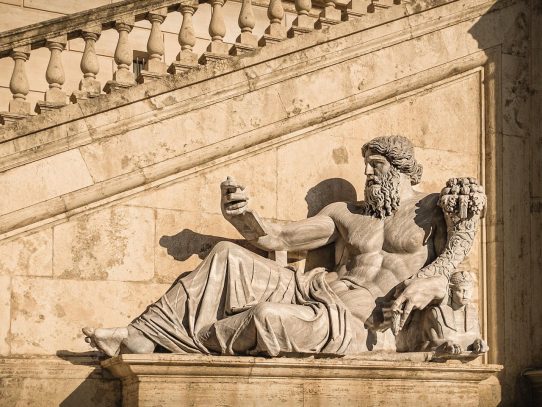Introduction
In the ancient Roman world, faith was not an act of belief alone — it was a discipline, a duty, and a shared language between humankind and the gods. Symbols and rituals were central to this dialogue. Every color, gesture, and offering carried meaning, ensuring harmony between the mortal realm and the divine. This sacred order, called pax deorum, or “peace of the gods,” was considered essential to Rome’s survival.
Roman worship was deeply practical. It did not demand emotion or conversion but obedience and precision. Rituals had to be performed exactly, for even a misplaced word could offend the gods. The Romans saw religion as a contract, and symbols were its vocabulary.
The Language of the Sacred
The Romans surrounded themselves with symbols that reflected divine presence. The eagle represented Jupiter’s sovereignty, flying above the legions as a sign of heavenly favor. The laurel wreath crowned victors and poets, symbolizing glory granted by Apollo. The cornucopia, overflowing with fruits, embodied abundance and gratitude to Ceres. Fire, kept burning in the Temple of Vesta, signified purity and continuity. Even everyday colors held meaning: white for purity, red for sacrifice, and gold for divine light.
These symbols appeared in temples, on altars, and within private homes. They decorated coins and military standards, merging religion with civic life. Each object reminded Romans that their empire’s fortune was bound to divine approval.
Priests and Ritual Order
The guardians of this spiritual order were Rome’s priests. The Pontifices maintained sacred law; the Augurs read omens in the flight of birds; the Haruspices, often of Etruscan descent, examined the entrails of sacrificial animals to interpret divine will. The Vestal Virgins, among the most revered, tended the eternal flame of Vesta. Their purity symbolized the moral stability of Rome itself.
Public ceremonies such as the Lupercalia, Saturnalia, and Parilia marked key moments of the calendar. Each combined reverence with festivity, ensuring both divine blessing and social unity. Music, procession, and sacrifice turned cities into theaters of devotion.
Private Devotion and Domestic Altars
Though grand temples dominated the skyline, faith began at home. Every Roman household maintained a lararium, a shrine to the Lares and Penates — the spirits of ancestors and the protectors of food and hearth. Daily offerings of wine, bread, or incense invited their protection. Birthdays, marriages, and journeys were marked with small rites. This domestic piety created continuity between the individual and the empire, reminding every citizen that divine order began within the family.
Temples as Cosmic Spaces
Roman temples were designed to manifest harmony between earth and heaven. Their architecture balanced symmetry and grandeur. The Pantheon remains the most enduring example: a sphere of perfect proportion enclosed beneath an open eye to the sky. When sunlight streams through its oculus, it evokes the gods watching over humankind. Every temple followed this philosophy of alignment, where geometry became prayer and stone became symbol.
Enduring Echoes of Roman Ritual
Even as Christianity transformed Rome’s faith, the old symbols endured. The eagle became an emblem of empire and resurrection. The laurel remained a mark of victory. The torch, once sacred to Vesta, lives on in ceremonies of remembrance and education. Through such transformations, the spirit of Roman ritual continues to inform our symbols of honor, purity, and continuity.
Conclusion
Roman worship was an intricate choreography of meaning. It balanced devotion with order, public splendor with private faith. Its symbols still shape our languages and institutions, silently reminding us that even in modernity, the sacred can be seen in the patterns of our daily lives.
